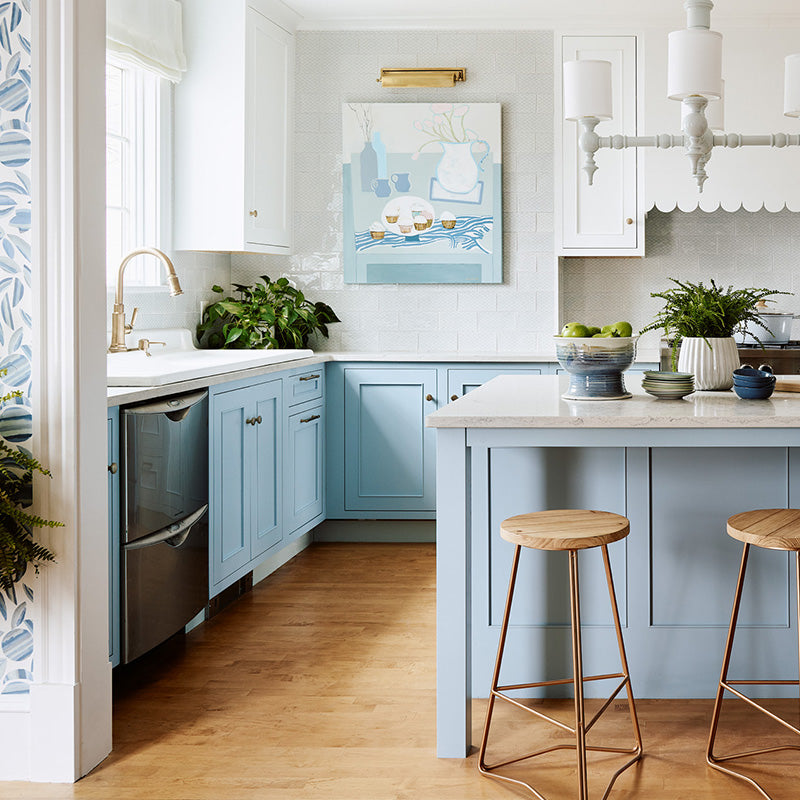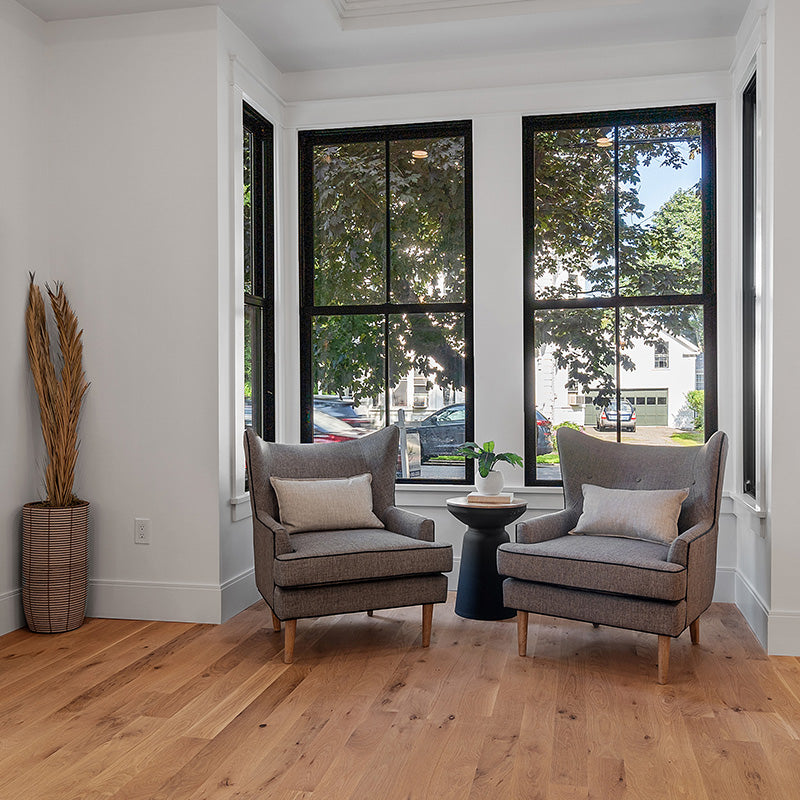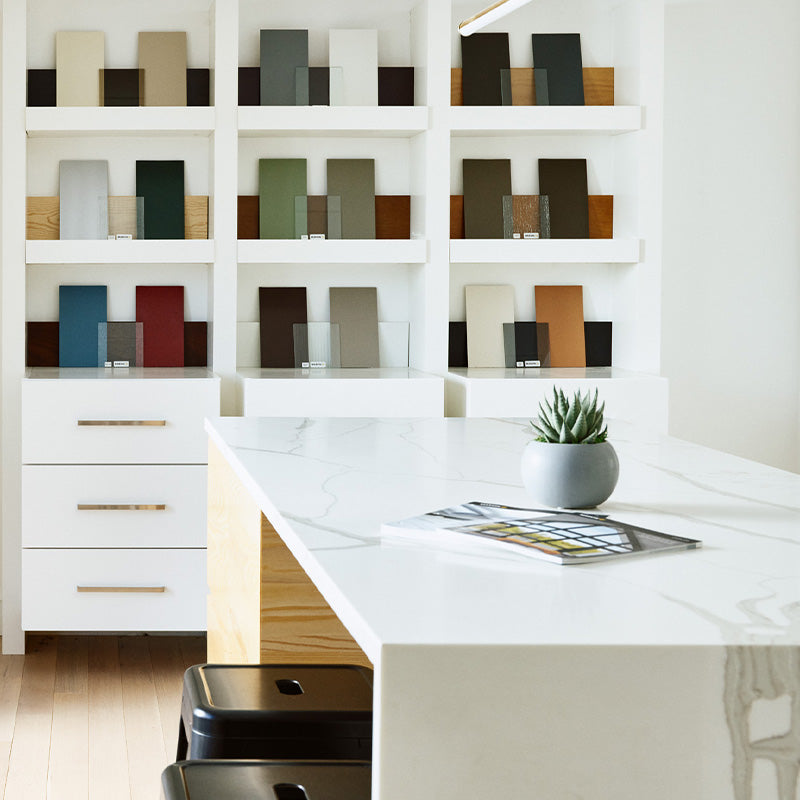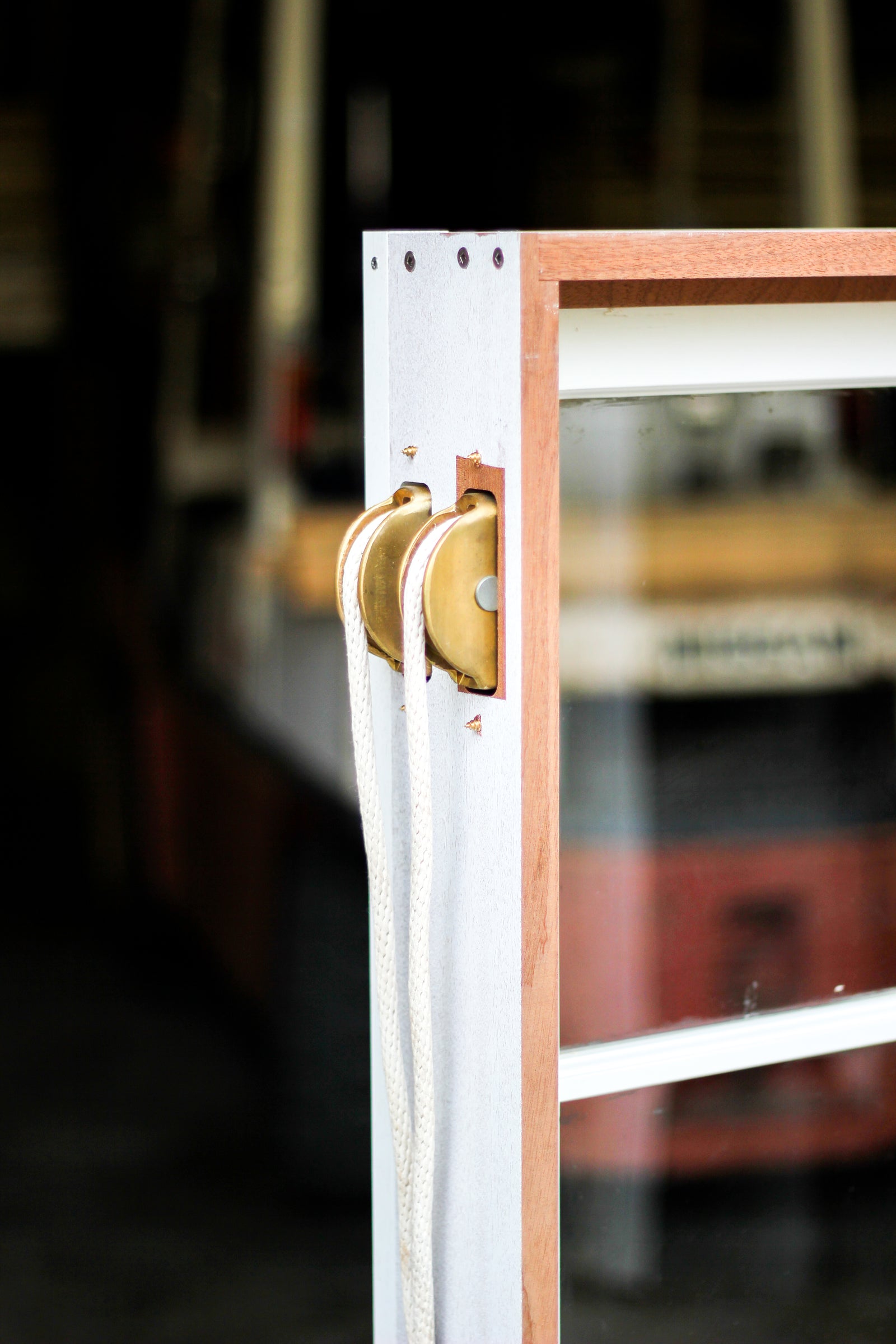Your Cart is Empty
Projects
This Tiny House Was Grown From Mushrooms
August 01, 2013 3 min read
Ecovative Design is hoping to replace the world’s plastics with fungus--on everything from packaging to, yes, houses.
Somewhere in Green Island, New York, there is a tiny house filled with mushroom insulation. No one lives in it; the team at Ecovative Design--a company that makes mycelium-based bioplastics--is using the structure as a makeshift conference room. The Mushroom Tiny House is more than just a gathering space. It’s the first step in Ecovative’s move towards mycelium building materials.
Ecovative has garnered a lot of attention in recent years for its Mushroom Packaging : custom-molded, compostable packaging made out of agricultural crop waste that’s bonded with mycelium (mushroom roots). The packaging is used by big brands like Crate and Barrel and Dell. But when the company launched in 2007, it planned to focus on building materials. " We shifted in 2009 to focus on packaging because it was a better path to market.

"Now that packaging is taking off, we’re returning to our roots in building materials," explains Sam Harrington, the marketing and sales manager at Ecovative. "We wanted to do a really radical in-house project, a showpiece."
That project is the Mushroom Tiny House, a small wood-framed home filled with mushroom insulation. Harrington says that mushroom insulation works much like loose fill insulation (such as cellulose), except it grows in place, air-seals where it’s grown, and doesn’t settle over time. Cellulose, in contrast, has a tendency to settle at the top of walls, so 10 years down the line, it doesn’t work nearly as well as it did when it was first installed. Another bonus: mushroom insulation doesn’t contain any potentially toxic flame retardants, even though it’s fire resistant. "We can grow a wall that’s actually safer than conventional insulation," says Harrington.

On the Mushroom Tiny House blog , Ecovative lists the steps for growing a tiny wall:
1. Add about 12" of pine tongue and groove boards to form the wall cavity.
2. Spritz it down with some watered down hydrogen peroxide to clean the wood. Just lightly wet all surfaces to be filled.
3. Fill it with Mushroom Insulation. Pack it in tight. Fill within 1" of the top.
4. Cover it in plastic or metal to keep the moisture in. The organism breathes, so you’ll see condensation start to build up over time.
5.In just two days, you can pull the plastic off and…the white mycelium has bonded all that agricultural waste together into a really good structural insulating material. Now add on more pine boards, and repeat steps 1-5 over and over until you get to the top of the house.
The home’s success wasn’t always a sure thing. "It was just a big unknown, a clean sheet of paper. No one had ever done anything like this," says Harrington." The walls were built without any structural studs, just 12 foot spans of continual insulation. People were wondering if it would be strong enough, and we scratched our heads in the design phase. We stayed pure to the experiment of it, and it works great."
Next, Ecovative plans to do durability testing. The Mushroom Tiny Home is technically a trailer, so it doesn’t need to adhere to building codes. It’s promising, however, that the structure has survived completely intact after being subject to hurricane force winds while being towed down the highway.

Ecovative is already selling a basic mushroom house build kit ($9,000), deluxe kit ($12,000), and insulation ($8 per cubic foot) that comes without lumber, a trailer, and other items that are part of the kits.
Experimental home enthusiasts will be the first ones to test out the mushroom insulation, but Harrington believes mushroom materials--including ceiling tiles, structural insulated panels, and insulated sheathing--will go far beyond the niche market. "The aim is to replace all plastic foams anywhere we can," he says. "We really believe that will be possible."
FIND OUT MORE!
Leave a comment
Comments will be approved before showing up.
Subscribe Today!
Our goal is to provide you with as much information as possible. Our newsletter is full of tips, inspiration and featured projects. We promise to only send you interesting things and never share your email with anyone else.




